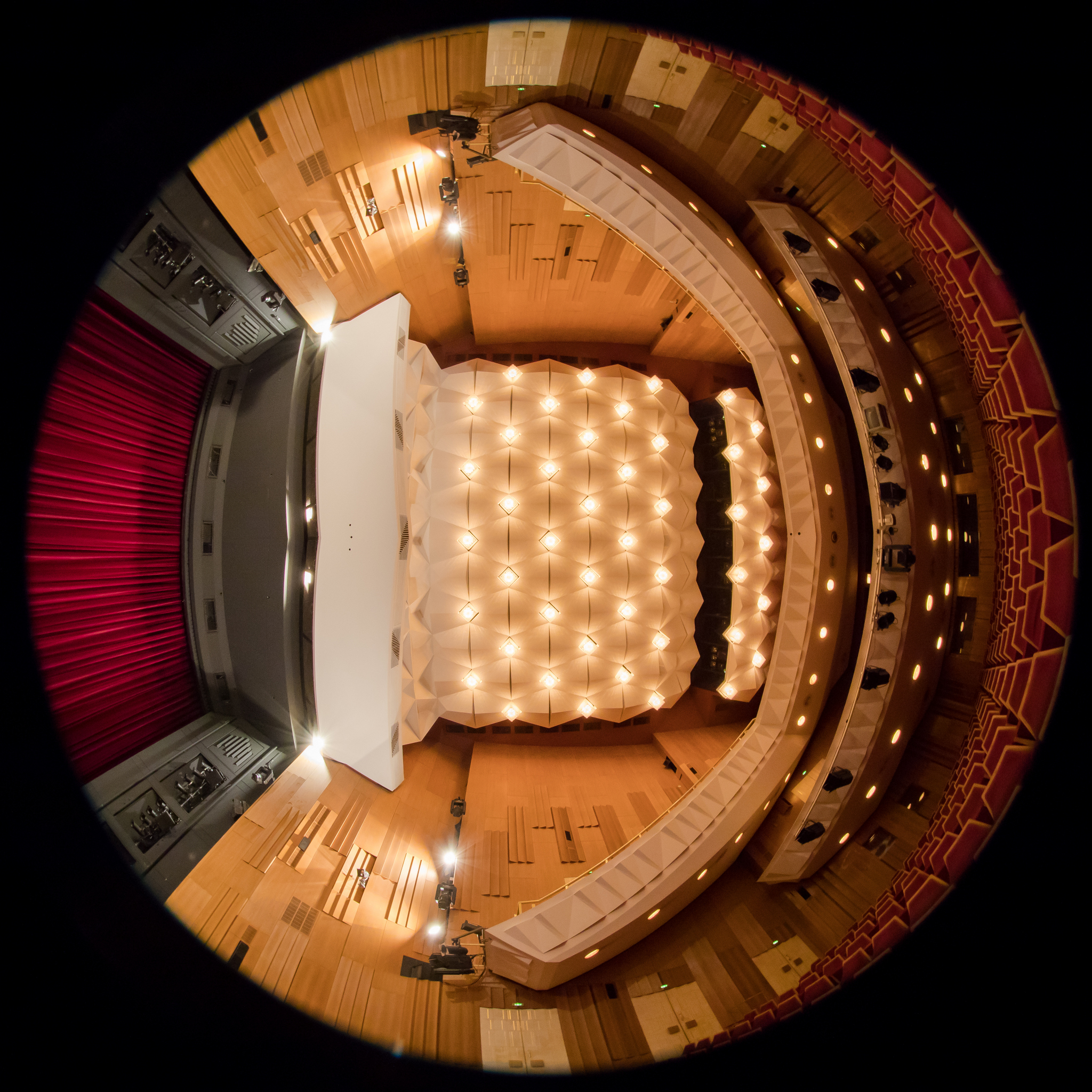Das Deutsche Nationaltheater (DNT) ist ein geschichtsträchtiger Ort. Am 9. November 1918, dem Tag, an dem in Berlin die Republik ausgerufen wurde, kam es im Weimarer Theater zu einem Eklat: Die 100. Aufführung von „Maria Stuart“ musste abgebrochen werden, als die Zuschauer skandierten: „Nieder mit der monarchistischen Theaterei!“ Indendant Carl von Schirach wurde abgesetzt. Vom 6. Februar bis 11. August 1919 tagte im Theater die Deutsche Nationalversammlung, um die Verfassung der „Weimarer Republik“ zu verabschieden. Schon im Januar 1919 war das Theater in Deutsches Nationaltheater umbenannt worden.
Gegründet wurde das Haus als Weimarer Hoftheater von Herzog Carl August im Jahr 1791. Die Leitung hatte Johann Wolfgang von Goethe. Ab 1799 arbeitete auch Friedrich Schiller mit. Vor dem Theater steht seit 1857 das berühmte Denkmal des Dichterpaars. Geschaffen hat es der Dresdner Bildhauer Ernst Rietschel.
Das nette Team des Nationaltheaters hat mich bei meinem Fototermin sehr unterstützt. Unter anderem wurde ein Scheinwerfer aufgebaut, um den Vorhang richtig in Szene zu setzen. Im Theatersaal wurden verschiedene Lichtstimmungen erzeugt, sodass es am Ende schwierig war, zu entscheiden, welches Foto denn das beste geworden ist…








